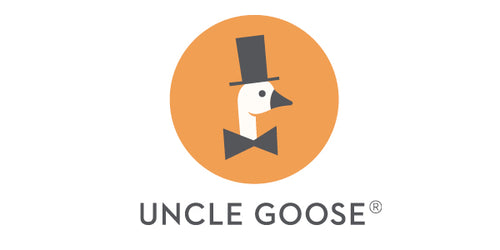
Can You Decode the Secret Language of Context?
Consider the semaphore. Sailors can stand on the decks of their ships and use small flags to signal to other sailors.
By standing with a flag in each hand, they wave the flags in ways that represent numbers or letters. Sailors on passing ships can decode these messages.
If a non-sailor stood in a gym and moved their arms in the same manner, you might merely think they were getting some exercise! Without the context of the ship, the flags, and the sailors: the message is muddled or lost.
The semaphore is one way sailors communicate without speaking out loud. Sailors also use maritime signal flags. Each flag can represent a letter, which can be used to spell out a message.
Maritime flags may also represent different messages, depending on the context. Are they being used to send secret codes during wartime? Or are they being used as signals in a yacht race? Depending on the context, the same flag might mean something completely different.
Sailors do more than navigate the waters. They navigate the tricky tributaries of the context of the messages they send and receive.
We all do. Each of us, on some level, must work on decoding the context of the messages we send and receive.
Consider, for example, the emoji. Emoji have been with us for around 20 years. People keep finding new and creative ways to use them.
Some use emojis as punctuation to indicate tone. Instead of using an exclamation point to show excitement; someone might choose to use an emoji to suggest a specific type of excitement.
For example, one person might write --
“I like your style!”
While another person might write —
“I like your style 😎."
Using emoji can add a sly bit of nuance to your communication. The ‘sunglasses emoji’ suggests a vibe of ‘coolness’ that the exclamation point lacks.
Because the rules on emoji use aren’t standardized, sometimes decoding their intended message can be unclear. If a friend texts you a emoji of a bunch of farm animals…
🐄 🐷 🐔
…you might not know what that means. In this example, the emoji needs more context.
Is your friend visiting a farm or zoo? Or is your friend at a restaurant or grocery store? Do you share a special insider joke about farm animals?
If you don’t understand the context of the message, you might not know how to interpret it. You need more information.
Because the rules on emoji use are still being written, they serve as an opportunity for people to make their own rules. People assign their own meanings and their own rules, depending on their own social contexts.
Language, design, and contexts continue to evolve. They're living, breathing things. We adapt and invent new words and new ways to communicate. How else do modern humans communicate through context?


